President Donald Trump attended the NATO Summit in The Hague, Netherlands, amid escalating tensions with Iran. The summit, initially focused on defense spending and regional security, was overshadowed by recent U.S. military actions in the Middle East.
Prior to the summit, the U.S. conducted airstrikes targeting Iran’s nuclear facilities, including the Fordow, Natanz, and Isfahan sites.
Trump hailed the operation as a “very successful attack,” asserting that Iran’s key nuclear sites were “completely and totally obliterated.” In response, Iran launched missile strikes on the U.S. Al Udeid Air Base in Qatar. Trump reported that U.S. forces intercepted 13 of the missiles, with one missing its target, and confirmed no American casualties. Following these exchanges, Trump announced a ceasefire between the two nations, stating that the conflict “could have gone on for years” but was now “ended.”
At the NATO Summit, discussions were dominated by the implications of these events. European leaders expressed concern over the potential destabilizing effects of the U.S. actions in the Middle East. NATO Secretary-General Mark Rutte emphasized the alliance’s commitment to mutual defense and the importance of unity in addressing global security challenges. However, the summit’s agenda was significantly influenced by the U.S.-Iran tensions, with leaders seeking to balance support for the U.S. actions with the need to maintain regional stability.
Domestically, the U.S. administration faced criticism over the legality and strategic effectiveness of the airstrikes. Leaked intelligence reports suggested that the attacks had limited impact on Iran’s nuclear program, contradicting Trump’s assertions of their success. The administration dismissed these reports as “fake news,” maintaining that the strikes were a necessary measure to prevent Iran from acquiring nuclear weapons.
The NATO Summit underscored the complexities of international diplomacy in the context of U.S. foreign policy actions. While the summit aimed to address defense spending and regional security, the focus shifted to managing the fallout from the U.S.-Iran conflict. The situation highlighted the challenges NATO faces in navigating the divergent interests of its member states and the broader international community.
President Trump’s attendance at the NATO Summit coincided with heightened tensions between the U.S. and Iran, stemming from recent military actions and a fragile ceasefire. The summit’s discussions were heavily influenced by these developments, reflecting the intricate interplay between U.S. foreign policy decisions and international diplomatic efforts.

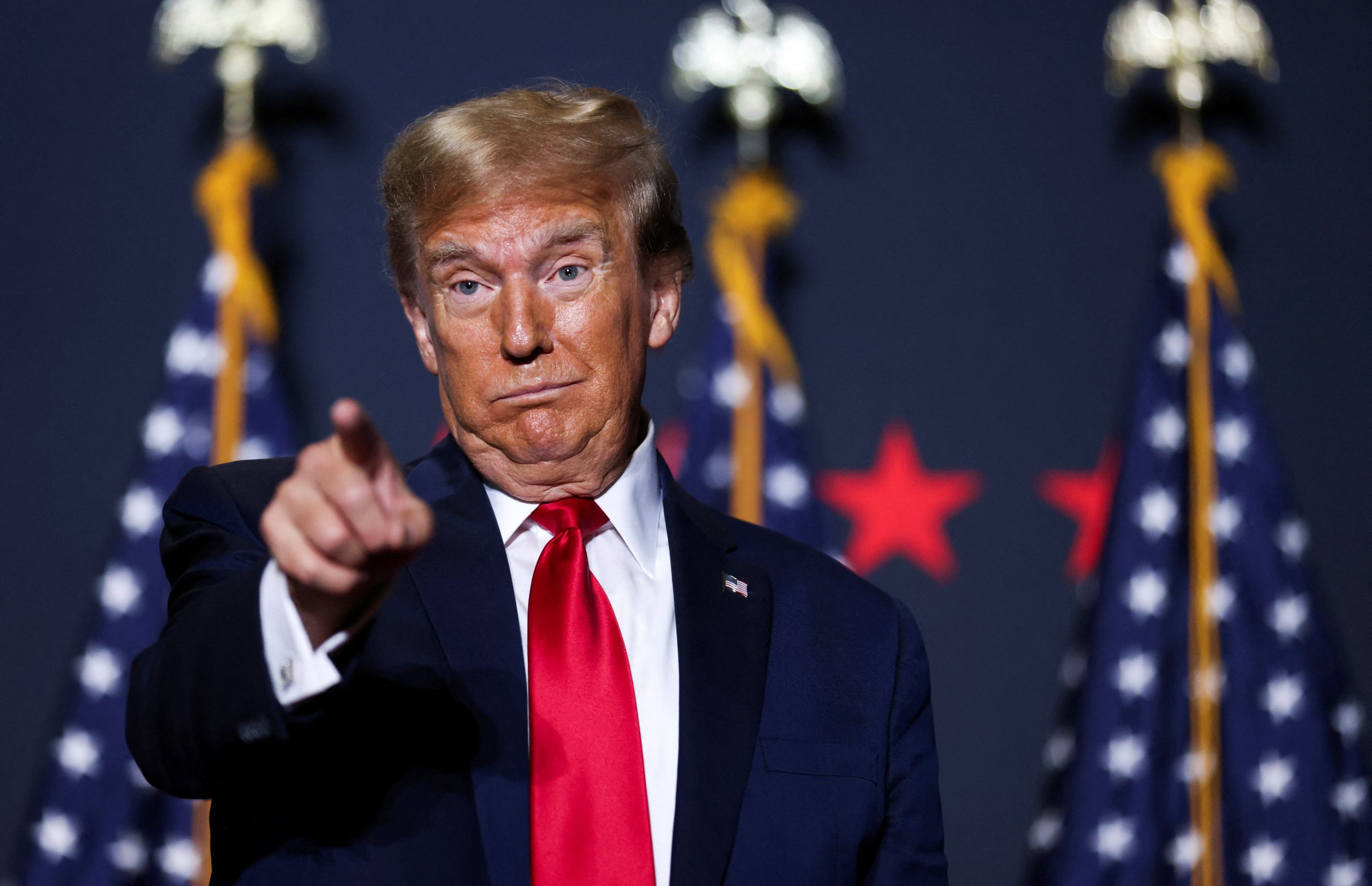
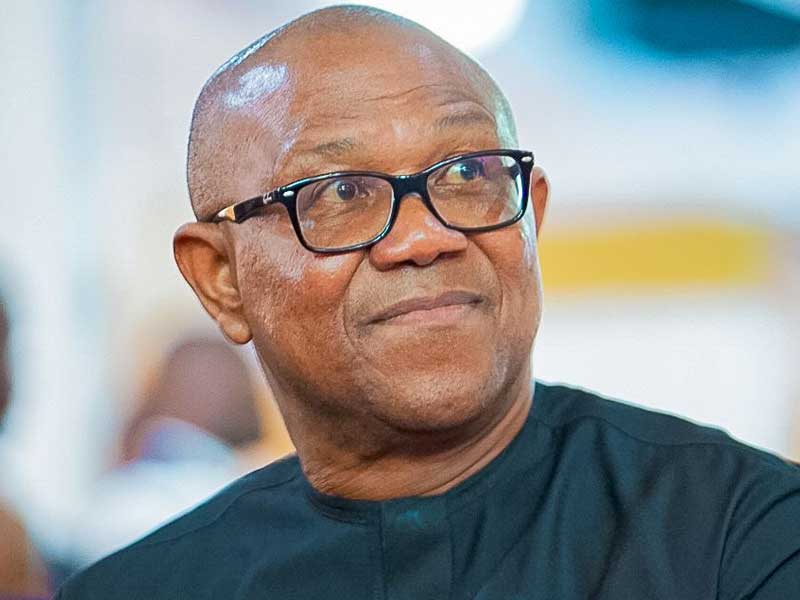


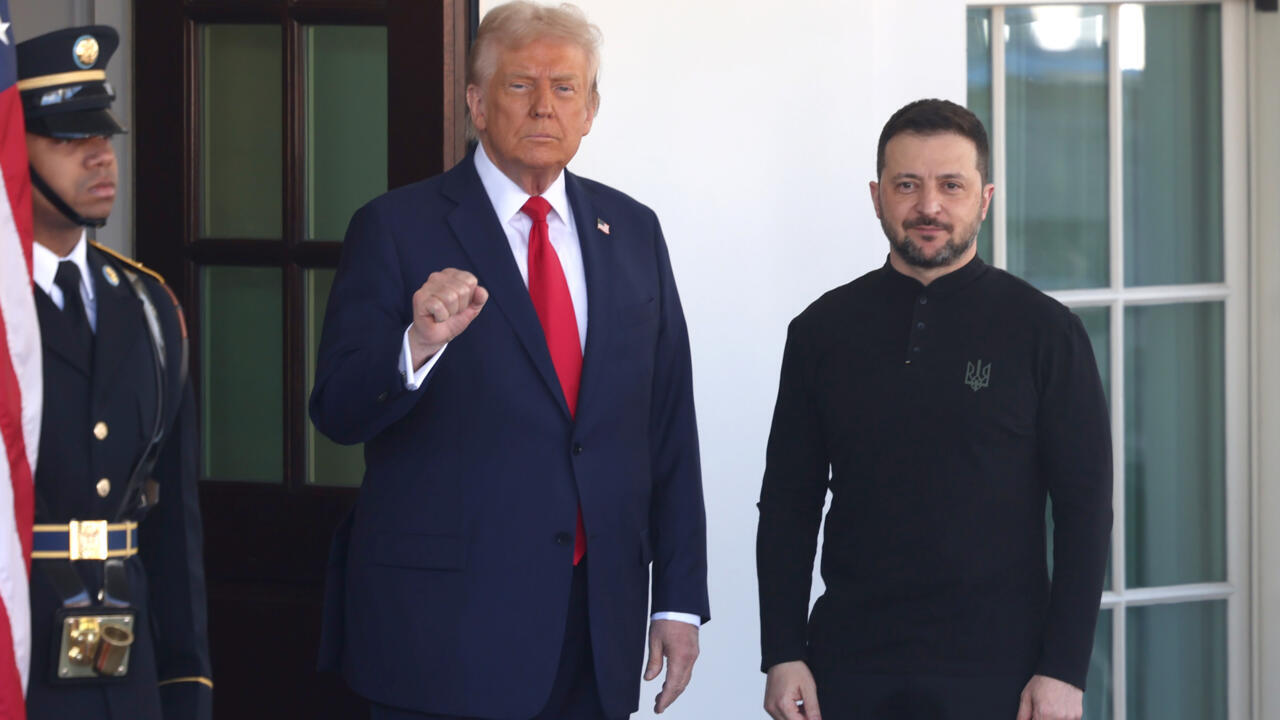

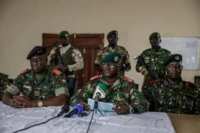
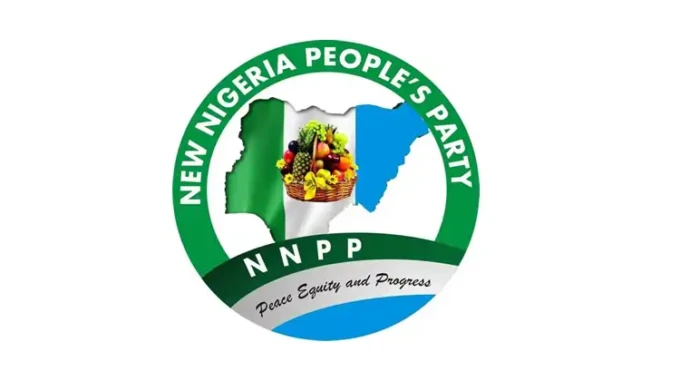
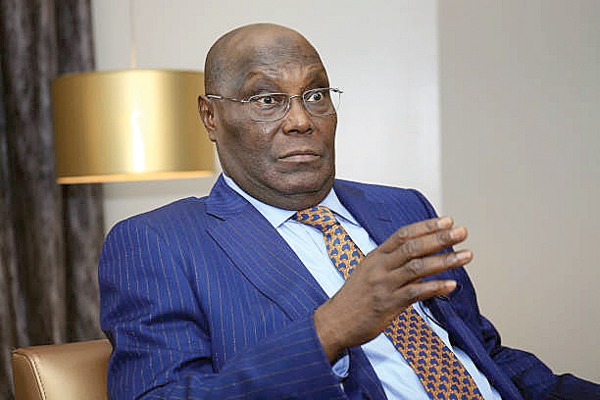
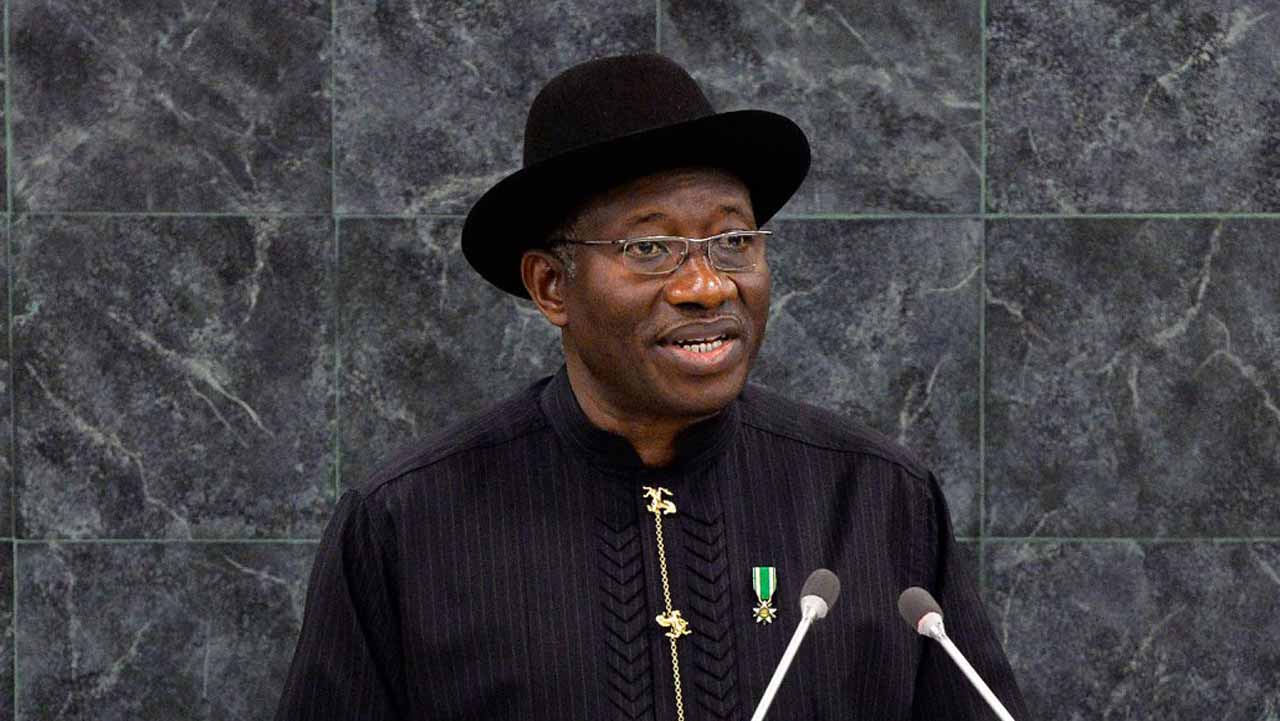
Leave a comment